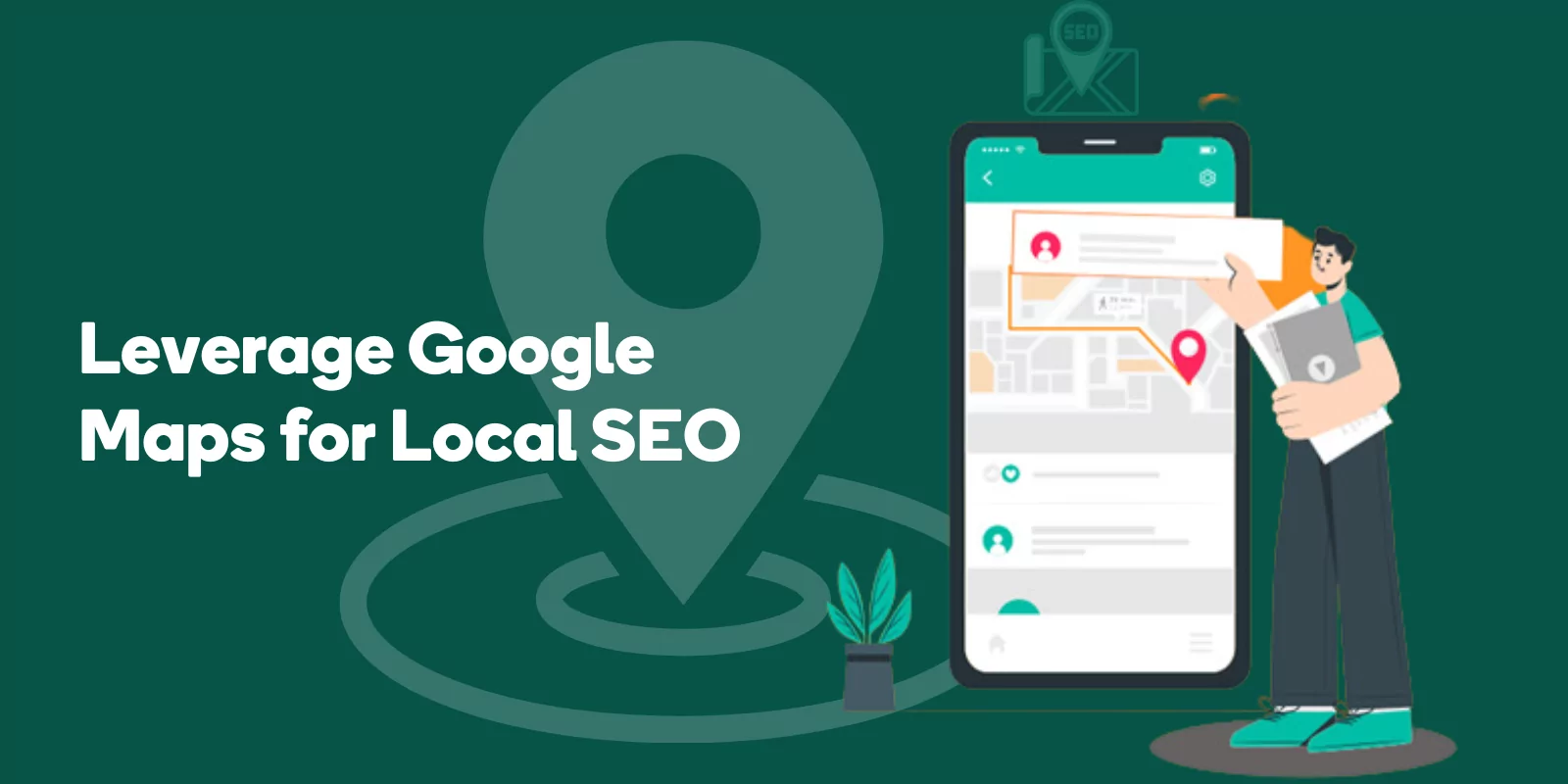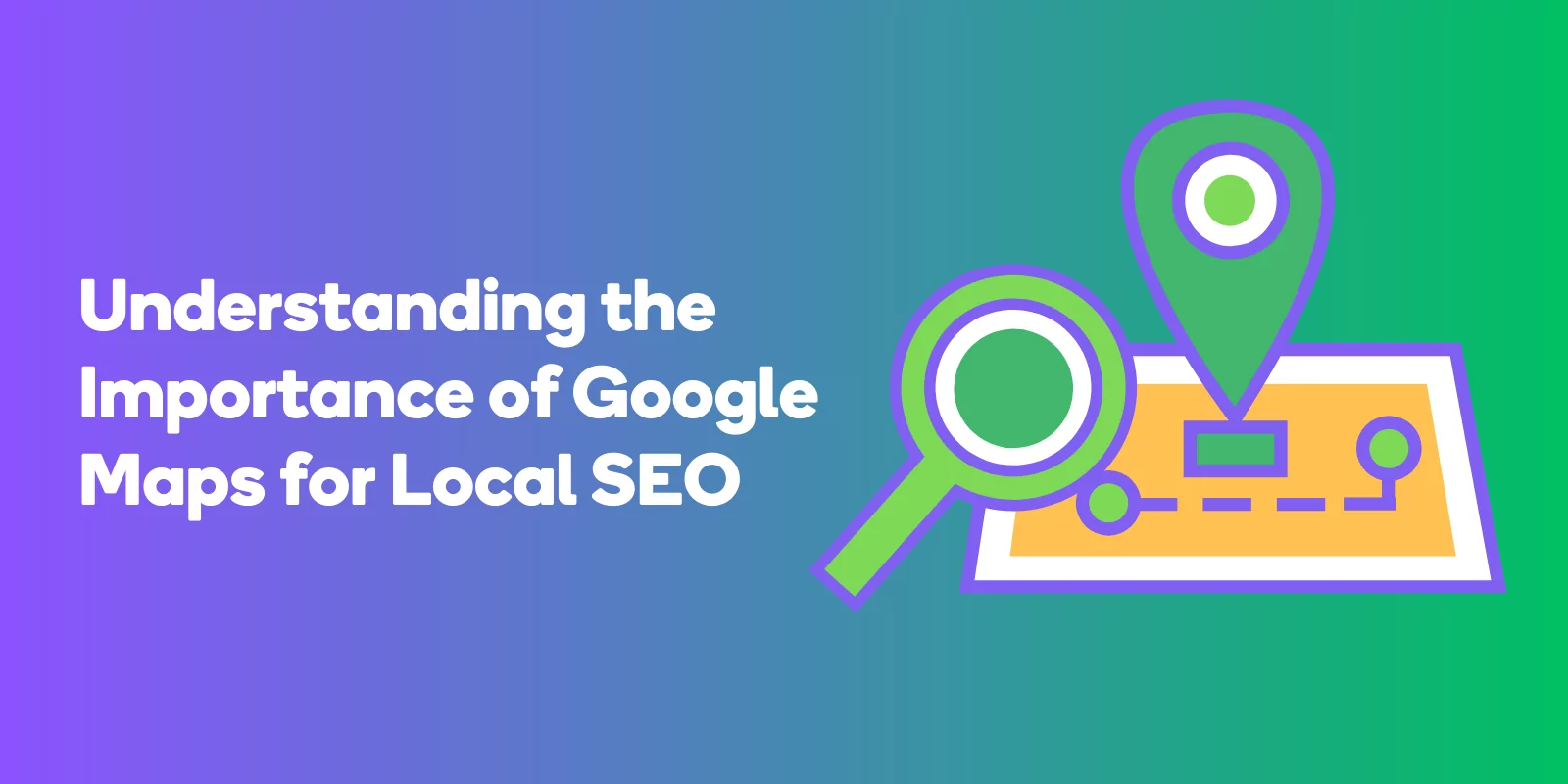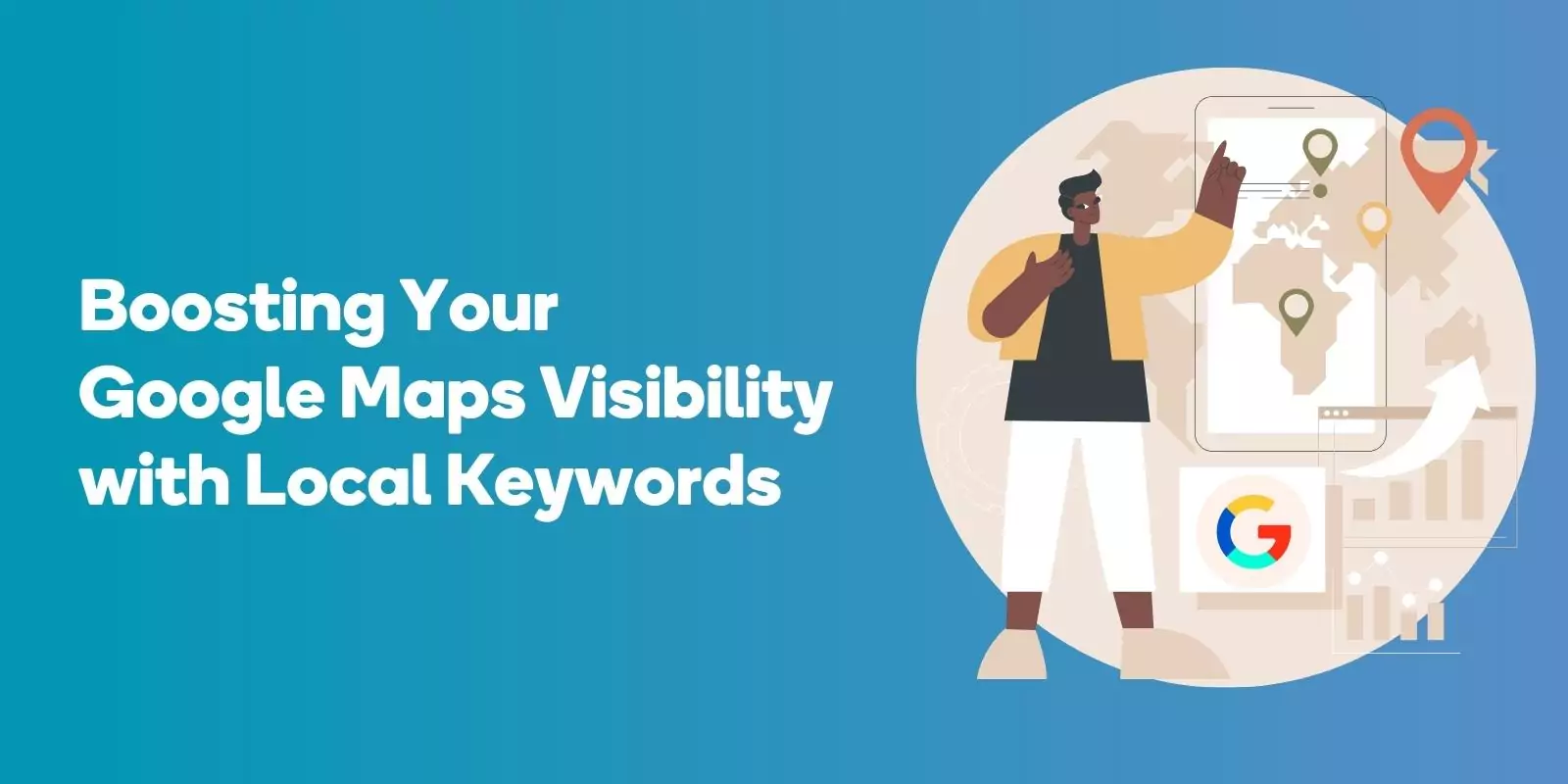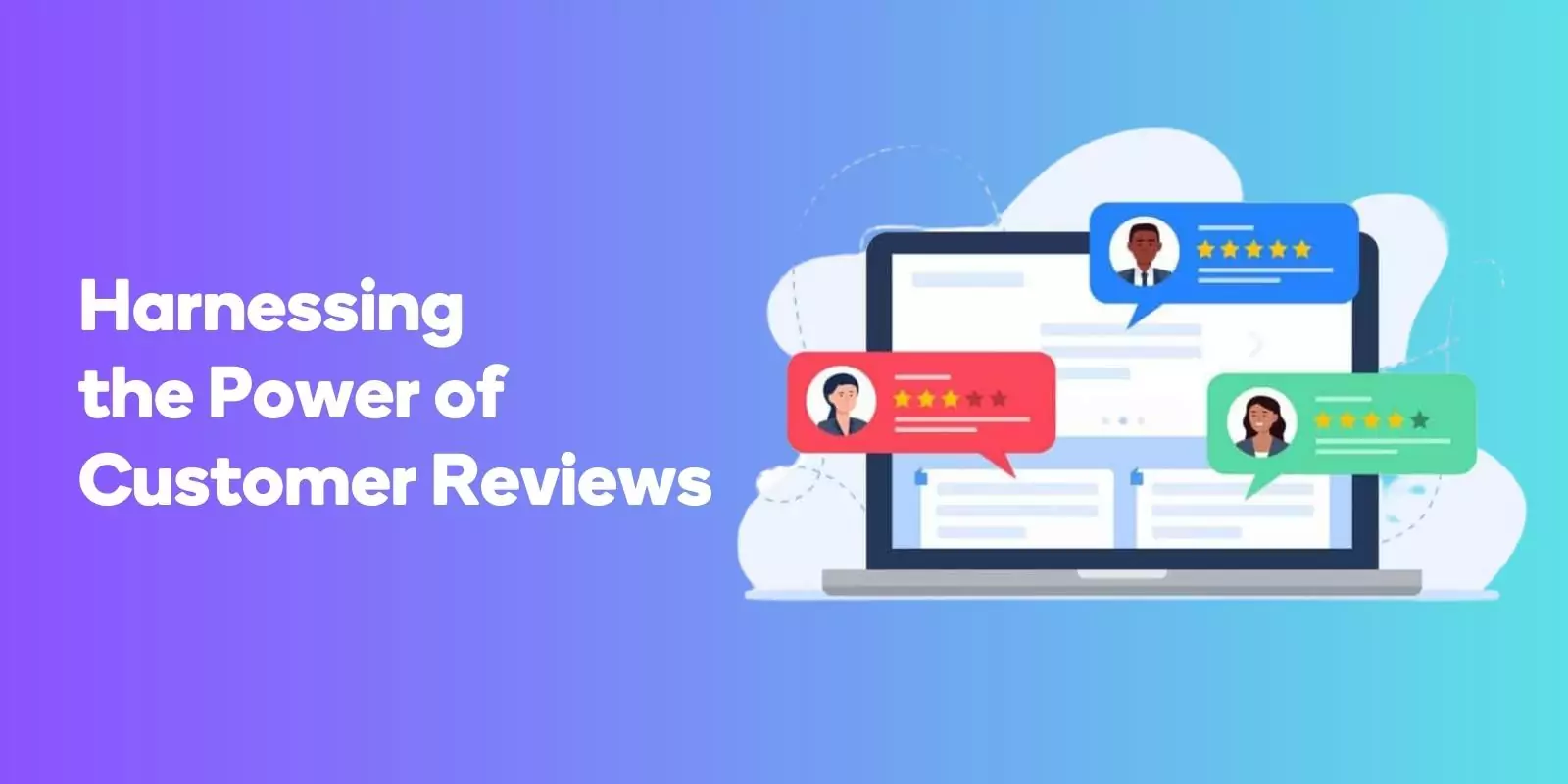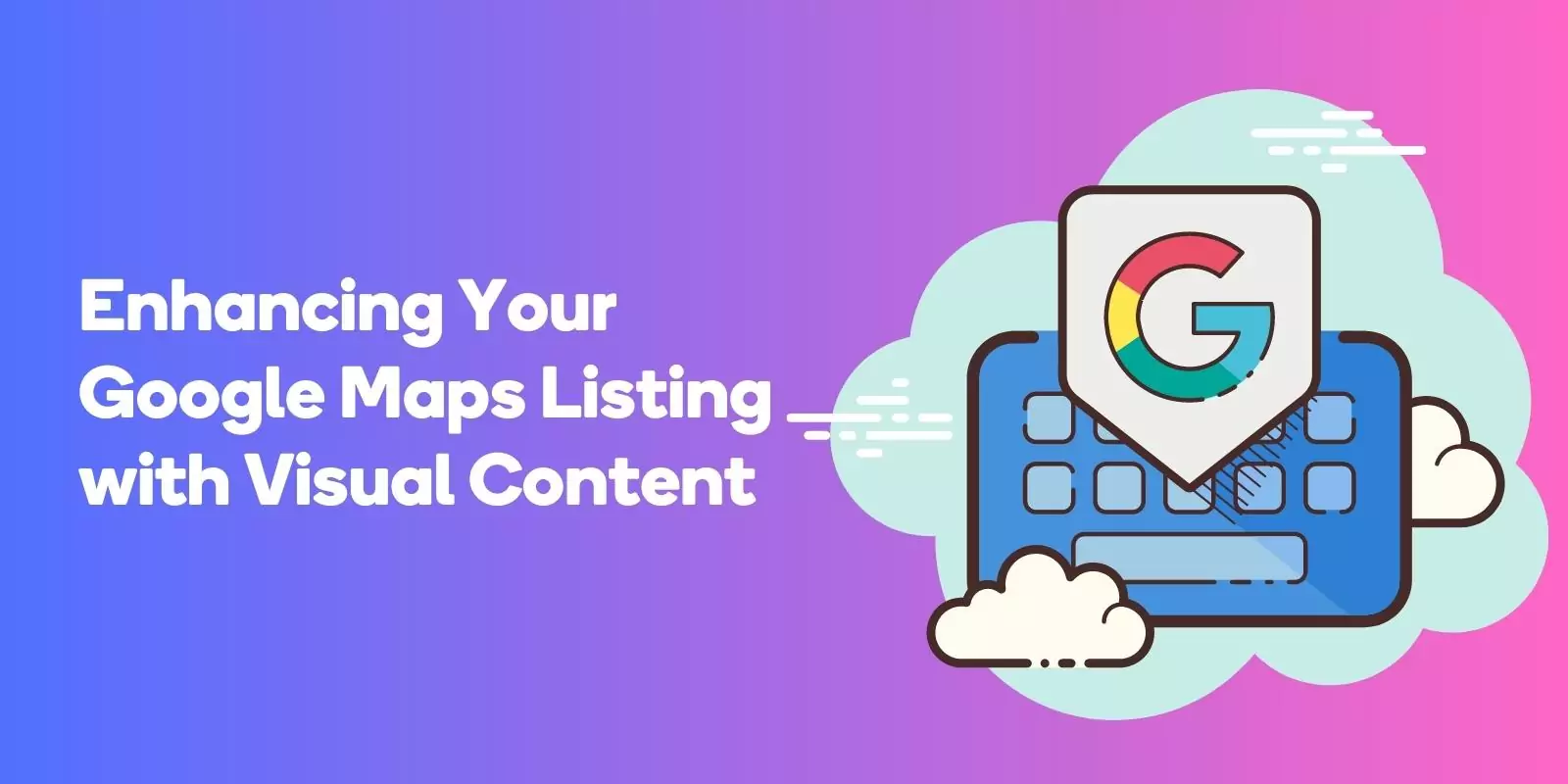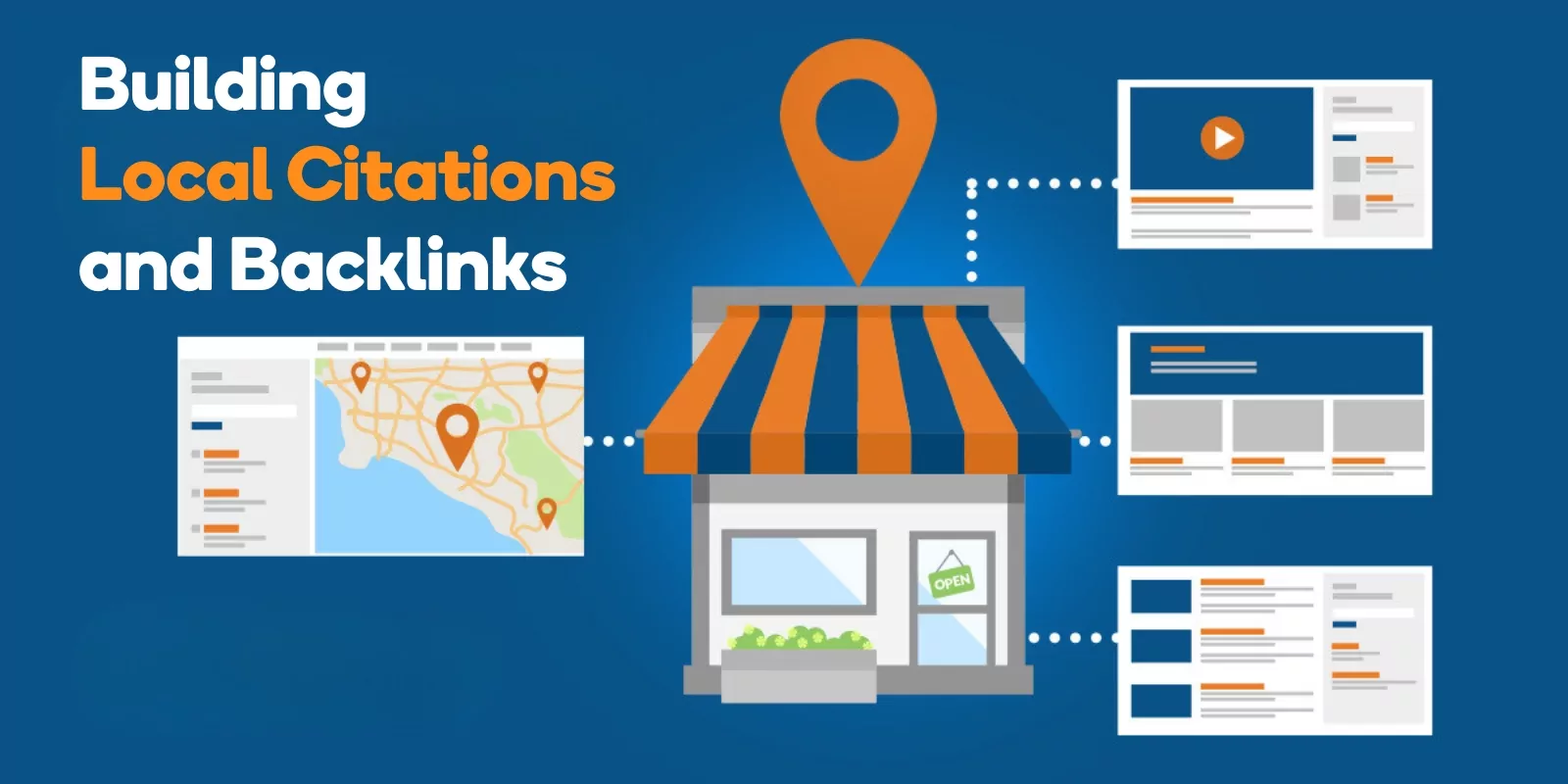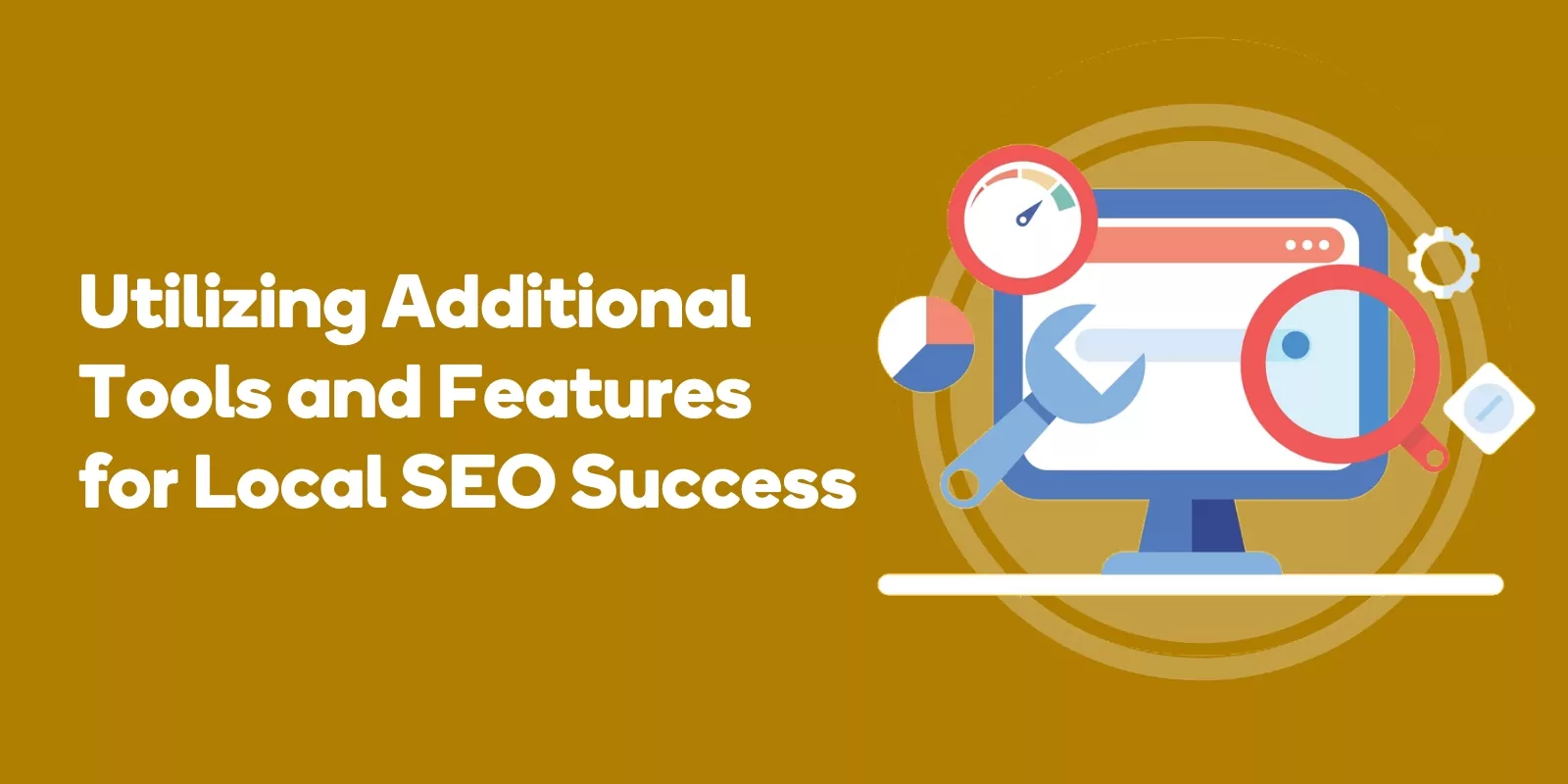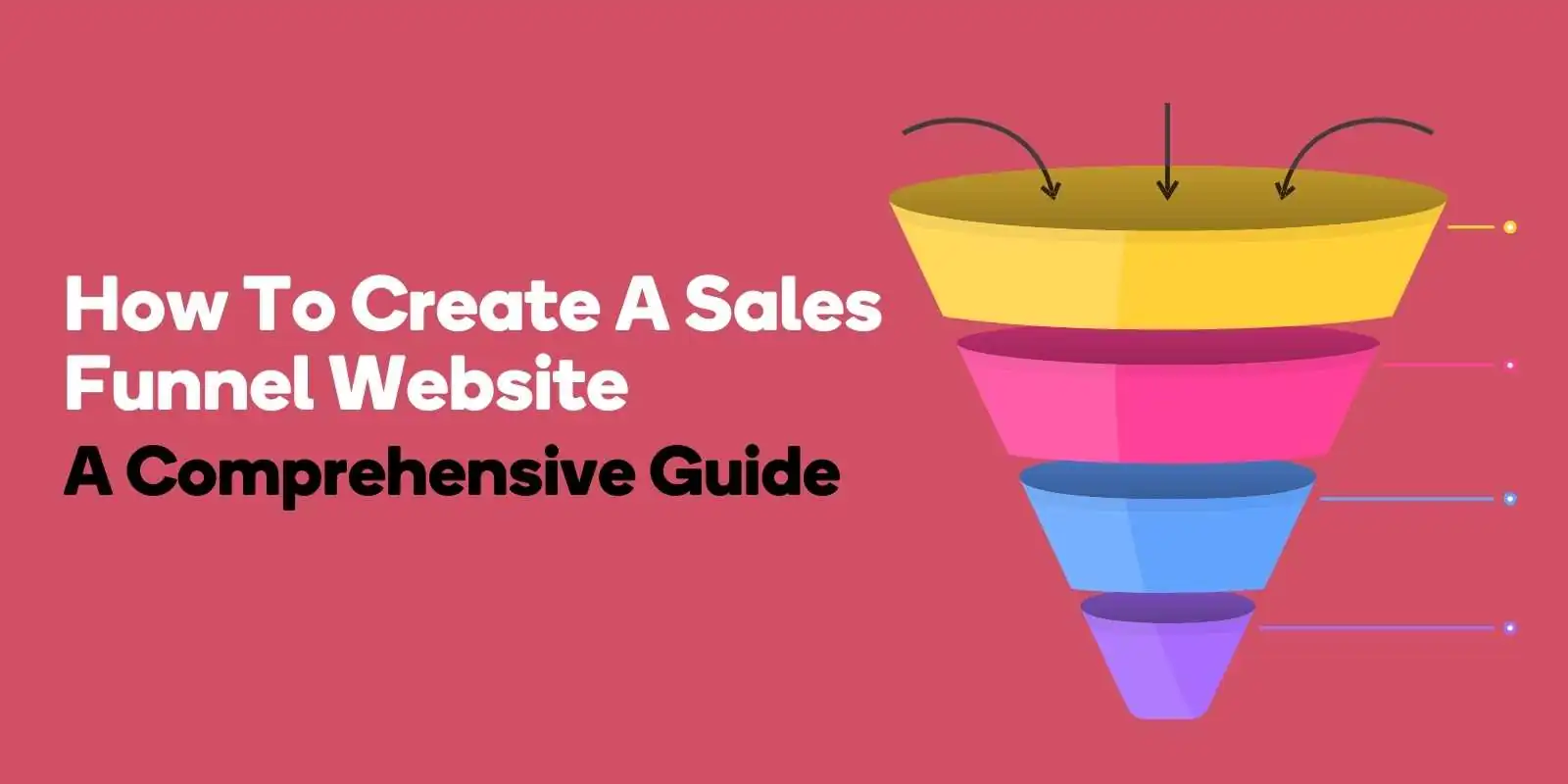With the right strategies in place, learning how to leverage Google Maps for local SEO success can be a game-changer for your business.
From setting up and optimizing your Google Business Profile to harnessing the power of customer reviews, this blog post will guide you through the steps to make the most of Google Maps and achieve local SEO success.
Understanding the Importance of Google Maps for Local SEO
For local businesses, visibility on Google Maps is crucial. A strong local SEO strategy can drive significant traffic to your business, both online and in person.
By ranking higher on Google Maps, your business listing becomes more visible to potential customers searching for products or services in your area.
When you optimize your Google Business Profile and Google Maps listing, you’re taking advantage of a powerful tool designed to boost your online visibility and attract more customers to your business.
Google Maps’ Role in Local Search
Google Maps plays a vital role in local searches, connecting users with relevant businesses and services near their location.
In fact, your business’s ranking on Google Maps search results is influenced by factors such as the searcher’s location and the relevance of your business to the search query.
By choosing the right primary and secondary categories for your business on Google Maps listings, and listing your business in other respected online directories and industry-specific platforms, you can build trust, credibility, and consistency in your local SEO strategy.
Benefits of Ranking on Google Maps
A high-ranking business listing on Google Maps offers numerous benefits, such as increased visibility, enhanced website traffic, and improved conversion rates.
Listing your business on Google Maps can also provide directions to your store, resulting in increased foot traffic and, ultimately, higher organic reach and conversions.
To maximize your Google Maps listing performance, it’s essential to build a strong backlink profile, engage in social media presence, and optimize your website for local SEO.
Setting Up and Optimizing Your Google Business Profile
Creating and optimizing your Google Business Profile is a crucial step in improving your local SEO results. By claiming and verifying your business address on Google Maps, you can boost your online visibility and ensure that your profile contains accurate and up-to-date information.
In this section, we will discuss the importance of providing google search results with comprehensive business information and how to optimize your Google Business Profile to rank higher in local search results.
Claiming and Verifying Your Business
Claiming and verifying your business on Google Maps is essential for enhancing your local search ranking and increasing your visibility to potential customers.
To verify your Google Business Listing profile, you can use methods such as email, phone, or instant verification.
Once your business account is verified, it’s crucial to monitor your Google Maps performance, including total clicks, subscribers, and impressions received for your business listing.
Verifying your Google Business Profile also allows you to claim ownership of your business and ensures its visibility on Google Maps.
Providing Accurate and Comprehensive Information
Ensuring that your Google Business Profile contains all necessary details and up-to-date information is vital for achieving optimal performance and visibility in local search results.
Your business contact information should be included in your profile, such as address, phone number, and website link. Include your business hours and a detailed description of your services as well.
Providing precise and comprehensive data also serves as a trust indicator, increasing the likelihood that your business will appear in local search engine results.

Award-Winning
Sales Funnel & Website Expert
Discover How My Agency Can Grow Your Business
- Website: Our websites are the perfect blend of form and function.
- Sales Funnel: We build sales funnels that turn leads into customers.
- SEO: Get found online with our expert SEO services.
Boosting Your Google Maps Visibility with Local Keywords
Incorporating local keywords into your Google Business Profile and website content is an effective strategy to enhance your visibility on Google Maps.
By targeting google business profiles with relevant keywords that potential customers are likely to use when searching for local products and services, you can improve your chances of ranking higher in local search results.
In this section, we will explore the importance of keyword research for local SEO and offer tips for integrating these keywords into your content.
Keyword Research for Local SEO
Conducting keyword research for local SEO involves identifying keywords that potential customers are likely to use when searching for local products and services, analyzing search volume for relevant searches on Google, and selecting the most relevant ones for your local SEO strategy.
There are several tools available to assist with local keyword research, such as Google Keyword Planner, Ahrefs, SEMrush, Serpstat, Kparser, and Moz. By specifying your location and target areas, you can optimize your local SEO strategy and ensure that your business appears in relevant local searches.
Integrating Local Keywords into Your Content
To effectively incorporate local keywords into your content, it’s crucial to include them naturally throughout your website and Google Business Profile.
By strategically placing local keywords in website copy, meta descriptions, and image alt-text, you can improve your local search rankings and attract more potential customers to your business.
Remember that including relevant keywords in your Google Business Profile can also be highly advantageous in optimizing local SEO results.
Harnessing the Power of Customer Reviews
Customer reviews can significantly impact your local SEO and Google Maps ranking. By encouraging and managing customer reviews on Google Maps, you can improve your local search and google maps rankings and create a positive impression on potential customers.
In this section, we will discuss strategies for soliciting reviews from satisfied customers and the importance of engaging with reviewers and addressing their concerns professionally.
Soliciting Reviews from Customers
Requesting reviews from satisfied customers is essential for building trust and credibility with prospective customers.
To encourage customers to leave reviews on your Google Maps listing, consider sharing review links with customers, prominently displaying a clickable Google badge on your website, or incorporating a link to submit feedback in employee email signatures.
It’s important to maintain transparency when requesting reviews, ensuring that customers are not motivated to write positive reviews without disclosing any incentive.
Responding to Reviews Professionally
Engaging with reviewers and addressing their concerns is crucial for maintaining a positive reputation and fostering customer loyalty.
When responding to reviews, acknowledge the customer’s feedback and express gratitude for their input. Address any specific concerns they may have mentioned, and ensure that your response maintains a positive and respectful tone.
Personalizing your response by incorporating the customer’s name and highlighting your business values can also create a positive impression.
Enhancing Your Google Maps Listing with Visual Content
Adding high-quality images and videos to your Google Maps listing can greatly benefit your local SEO efforts and attract more customers. Visuals provide valuable metadata that Google considers when ranking local search results.
In this section, we will discuss the importance of uploading professional photos and creating engaging videos that showcase your business to potential customers.
Uploading Professional Photos
Selecting and uploading eye-catching photos to your Google Maps listing can significantly enhance your business’s online presence.
Professional photos provide context for potential customers, allowing them to assess your business and pinpoint its location.
In addition to static images, virtual tours can offer an immersive experience, enabling users to explore your business’s interior and exterior, providing a comprehensive understanding of your offerings.
Creating Engaging Videos
Producing informative and engaging videos that showcase your business is an excellent way to capture the attention of potential customers.
Your video content should encompass details about your business, such as its location, services, and products, and include captivating visuals relevant to your business.
By optimizing your video for Google Maps, you can improve your local search rankings and attract even more customers to your business.
Building Local Citations and Backlinks
Strengthening your online presence and local SEO efforts through citations and backlinks is crucial for improving your Google Maps ranking.
Consistent citations across top listing sites can boost your visibility in both Google search and local search, while local backlinks can help build trust and credibility with search engines and customers alike.
In this section, we will discuss the importance of citation consistency and strategies for acquiring local backlinks to enhance your online presence.
Importance of Citation Consistency
Citation consistency, or maintaining identical business name, address, and phone number (NAP) information across all online directories, plays a critical role in local SEO.
Consistent NAP information helps build trust with search engines and customers, improving your visibility on Google Maps and other search engines.
Ensuring citation consistency across all top listing sites is essential for achieving optimal performance and visibility and avoiding duplicate listings on Google Maps.
Strategies for Acquiring Local Backlinks
Building strong local backlinks to improve your Google Maps ranking is crucial for local SEO success.
Effective strategies for acquiring local backlinks include obtaining links from authoritative websites, producing local content, pursuing sponsorships, and engaging local bloggers and influencers.
By incorporating these strategies into your local SEO efforts, you can boost your online presence and enhance your visibility on Google Maps, leading to higher store visits and sales.
Utilizing Additional Tools and Features for Local SEO Success
To truly maximize your Google Maps performance, it’s essential to leverage various tools and features designed to optimize your business listing.
Google Business Profile Insights, Google Analytics, and third-party tools can provide valuable insights into how customers interact with your business profile.
In this section, we will discuss the benefits of implementing structured data markup and monitoring your Google Maps performance to measure the success of your local SEO efforts.
Implementing Structured Data Markup
Using schema markup, or structured data markup, can provide local search engines with detailed information about your business, reinforcing your business information and enhancing your Google Maps listing’s visibility on local search.
Local business schema markup is a code snippet that organizes information on your page, making it easier for search spiders to parse through and understand the content.
By implementing Local business schema markup, you can optimize your local SEO strategy and improve your online visibility.
Monitoring Your Google Maps Performance
Tracking insights and analytics is essential for measuring the success of your local SEO efforts and identifying areas for improvement.
By monitoring metrics such as views, clicks, directions requested from your Google Maps listing, and reviews and ratings received, you can evaluate the effectiveness of your local SEO strategies and make necessary adjustments.
Utilizing tools such as Google Business Profile Listing Insights, Google Analytics, and third-party tools, you can optimize your Google Maps listing performance and drive more customers to your business.
Frequently Asked Questions
How do I change Google Maps to local?
To change Google Maps to reflect your local area, you’ll first need to enable location services on your device. Once you’ve done that, Google Maps should automatically display your local area. Here’s how you do it:
On Android:
- Open the Settings app.
- Tap on Location, then ensure that the toggle switch is in the On position.
- Open Google Maps, it should now show your local area.
On iPhone:
- Open the Settings app.
- Scroll down and tap on Privacy.
- Tap on Location Services and make sure the toggle switch is in the On position.
- Scroll down to find Google Maps, then select either “While Using the App” or “Always” to enable location services.
- Open Google Maps, it should now show your local area.
You can also manually set your location by searching for your city or address in the search bar of Google Maps. This won’t affect location-based services, but will allow you to view and interact with the map of your local area.
How do I get a local Google Guide?
Google Local Guides is a program where users contribute to Google Maps by writing reviews, adding photos, answering questions, updating information, and adding new places. To become a Local Guide, follow these steps:
- Sign in to Google Maps with your Google account.
- In the main menu, click on “Your contributions.”
- Click on “Join Local Guides.”
As a Local Guide, you’ll earn points for your contributions, and as you earn more points, you’ll level up and could potentially get benefits such as early access to new Google features.
What is a Local Guide on Google?
A Local Guide on Google is a user who contributes to Google Maps by adding reviews, photos, and new places, updating information, and answering questions about places. They earn points for their contributions, and as they earn more points, they level up in the Local Guides program.
This can lead to certain benefits such as early access to new Google features and special perks from partners. The goal of the Local Guides program is to improve the accuracy and usefulness of Google Maps for everyone.
How do I see the current location on Google Maps?
To see your current location on Google Maps, you’ll first need to have location services enabled on your device. Once that’s done, follow these steps:
On a smartphone or tablet:
- Open the Google Maps app.
- Tap the location icon (it looks like a blue dot) at the lower right corner of the screen. Google Maps will then center the map to your current location.
On a computer:
- Open Google Maps in a web browser.
- Click the location icon (it looks like a blue dot) at the lower right corner of the screen. Google Maps will then center the map to your current location, assuming you’ve allowed the browser to access your location information.
Remember, for this to work, you need to have location services enabled, and you may need to grant Google Maps permission to access your location.
Conclusion
In conclusion, leveraging Google Maps for local SEO success is a powerful strategy for local businesses looking to boost their online presence and drive more customers to their physical locations.
By implementing the steps outlined in this blog post, such as optimizing google maps pack in your Google Business Profile, harnessing the power of customer reviews, and utilizing tools and features like structured data markup, you can improve your Google Maps ranking and increase your visibility in local search results.
So, take advantage of these strategies and watch your business grow!
